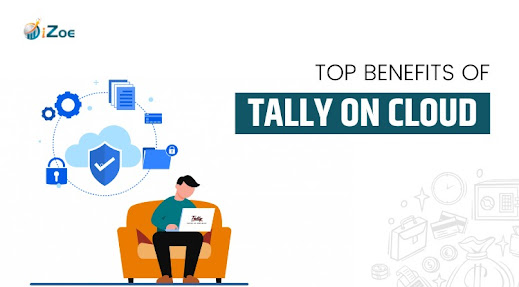Strengthening Cybersecurity in the Digital Age: A 2025 Guide
Cybersecurity refers to the process of defending systems, networks, and sensitive data from unauthorized access, damage, or theft. It encompasses a wide range of strategies and technologies, including firewalls, encryption, identity management, multi-factor authentication, and real-time threat detection.
With the rise of cloud computing, remote work, and connected devices, the scope of cybersecurity has expanded significantly. It now covers endpoints, applications, data storage, mobile devices, and even smart appliances.
The Modern Threat Landscape
Cyber threats have become more diverse and dangerous in recent years. Key risks facing businesses and users in 2025 include:
- Ransomware Attacks
Attackers encrypt organizational data and demand payment for its release. These attacks often cause significant downtime and financial losses. - Phishing and Social Engineering
Cybercriminals use deceptive emails, websites, and messages to trick individuals into revealing passwords, financial information, or login credentials. - Zero-Day Vulnerabilities
Exploits that target previously unknown software flaws are especially difficult to defend against because there’s no prior warning or patch. - Supply Chain Attacks
Attackers compromise third-party vendors to gain access to larger organizations. These attacks can be stealthy and devastating. - IoT Exploits
The widespread use of Internet of Things (IoT) devices introduces numerous weak points into networks, as many lack strong security features.
Key Cybersecurity Trends in 2025
To stay ahead of threats, the cybersecurity industry is rapidly evolving. Here are some of the most important trends shaping cybersecurity strategies:
- AI and Machine Learning
AI is being used to analyze behavior, detect anomalies, and predict threats before they escalate. Machine learning improves accuracy over time, making it an essential tool for modern cybersecurity. - Zero Trust Architecture (ZTA)
This approach assumes no user or device is inherently trustworthy. Every access request is verified, regardless of location or device status. - Cloud Security Innovations
With more data stored in the cloud, services like Cloud Access Security Brokers (CASBs), encryption at rest and in transit, and secure configuration management are critical. - Cybersecurity as a Service (CSaaS)
Managed security providers offer scalable, affordable protection for businesses of all sizes. These services include threat monitoring, incident response, and compliance support. - Data Privacy and Compliance
Global regulations are enforcing stricter controls over data usage. Laws such as GDPR, HIPAA, and DPDPA require organizations to implement strong data governance and security protocols.
Best Practices for Effective Cybersecurity
Strong cybersecurity is built on clear strategies, consistent action, and user education. Here are essential best practices every organization should follow:
- Conduct Regular Security Assessments
Regular audits and penetration tests help uncover vulnerabilities before attackers exploit them. - Keep Systems Updated
Apply software patches and updates as soon as they are released to protect against known vulnerabilities. - Use Multi-Factor Authentication (MFA)
Add an extra layer of protection beyond just usernames and passwords by requiring a second form of verification. - Train Employees on Cyber Hygiene
Educate staff to recognize phishing emails, avoid malicious links, and use secure passwords. Human error remains a major cause of data breaches. - Implement Robust Backup Solutions
Regularly back up critical data and test recovery plans to ensure data can be restored quickly after an incident. - Secure Network Architecture
Use firewalls, intrusion detection systems, and network segmentation to reduce attack surfaces and limit lateral movement within networks.
Conclusion
Cybersecurity in 2025 demands a proactive, layered, and intelligent approach. As threats evolve, so must our defenses. Businesses and individuals alike must prioritize cybersecurity, invest in the right technologies, and foster a culture of awareness and accountability.
The digital world brings incredible opportunities—but only for those prepared to protect it. Whether you're a startup, a government agency, or a global enterprise, strong cybersecurity is your foundation for a safer, more resilient future.
At Izoe, we specialize in cutting-edge cybersecurity solutions, including MFA implementation and integration, risk assessment, and secure access management. Our team helps businesses strengthen their security posture and protect sensitive data from cyber threats.
Contact iZoe today for expert cybersecurity services tailored to your needs!


.jpeg)
Comments
Post a Comment